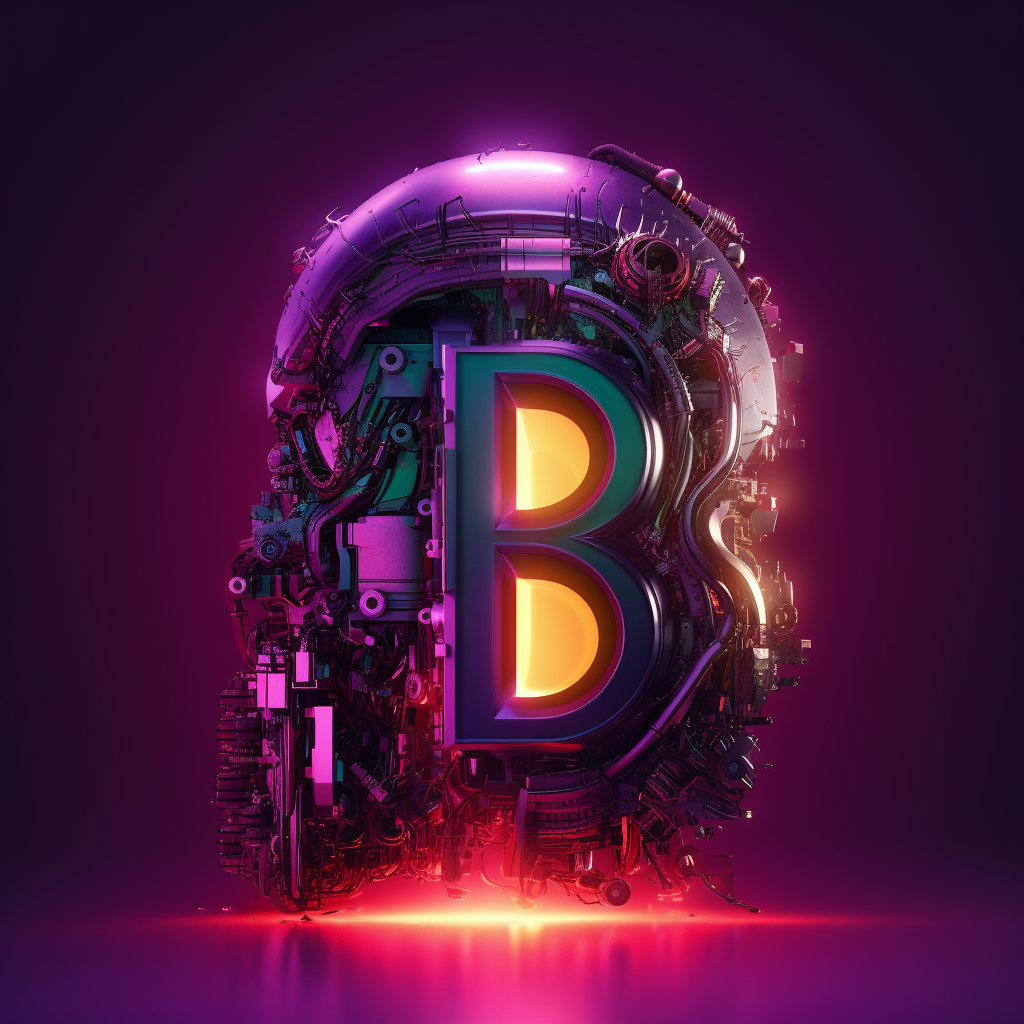May 17, 2023
Unveiling Bard – Exploring Google’s Captivating Alternative to ChatGPT
Book a Demo
In the ever-evolving realm of chatbots and AI assistants, Google has introduced Bard as a captivating alternative to OpenAI’s ChatGPT. With its unique capabilities and immense potential, Bard has garnered attention as a promising addition to the chatbot landscape. In this blog post, we will delve into the distinctive features of Google’s Bard chatbot, examine its implications, compare it to ChatGPT, and explore the boundless possibilities it brings forth.
Unveiling Bard: A Comprehensive Overview
Bard, Google’s formidable chatbot, has emerged as a viable alternative to ChatGPT. Equipped with impressive natural language processing capabilities, Bard aims to deliver more conversational and contextually aware interactions. Drawing from advanced algorithms and extensive training data, Bard generates responses that closely emulate human-like conversations.
Experiencing Bard: The User Perspective
The availability of Bard for testing allows users to immerse themselves in its capabilities firsthand. With an intuitive user interface, engaging in conversations and exploring the chatbot’s potential becomes seamless. Early feedback indicates that Bard exhibits a heightened level of coherence and context retention, surpassing previous chatbot models.
Comparing Bard with ChatGPT
While Bard and ChatGPT share a common purpose, they each possess unique characteristics. Bard’s emphasis on conversational engagement and context sensitivity sets it apart. Understanding the strengths and weaknesses of both models empowers users to make informed decisions, selecting the chatbot that aligns with their specific needs.
Implications for AI Assistants
The advent of Bard highlights the ongoing competition and advancements within the AI assistant landscape. This healthy competition fuels innovation, propelling the development of more sophisticated and capable chatbot models. As AI assistants continue to enhance their capabilities, users can anticipate increasingly personalized and captivating conversational experiences.
The Future of Chatbots
Google’s entry into the chatbot arena with Bard adds a new dimension to the landscape. The continuous advancements and fierce competition among various chatbot models pave the way for exhilarating future possibilities. Users can expect interactions that closely resemble human conversations, heightened context comprehension, and overall improved conversational experiences in the years ahead.
With the introduction of Google’s Bard chatbot, the AI assistant landscape continues to evolve at a remarkable pace. Boasting remarkable conversational prowess and context-awareness, Bard offers a promising alternative to OpenAI’s ChatGPT. As these chatbot models relentlessly push the boundaries of AI, users can eagerly anticipate a future where AI assistants play an increasingly integral role in our daily lives.



